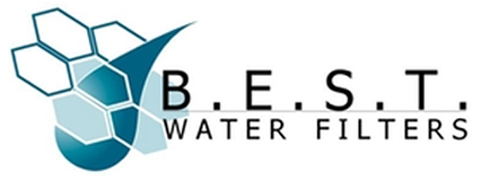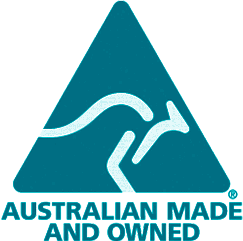We get a lot of comments on our social media asking why you should splurge on a B.E.S.T. when you can just get a cheap $30 filter from your nearest hardware store.
There are a few different reasons for this but it mostly comes down to build quality, carbon quality, life, usability and the use of SilverSafe® technology. Most of this can't be seen at face value, but I would encourage you to ask, "Why is it only $30"?
There are over 4,000 different carbons to choose from. The carbon used in a low-cost filter is the most basic coconut husk carbon, which is okay to be used on predictable water (such as chlorinated town water) and relies heavily on chlorine and constant use to control bacterial growth.
However, as you travel, it could be a day or two between uses. That is where one problem is created.
Something important to note: water filters are a breeding ground for bacteria. Carbon is designed to remove the chemicals put in the water to control bacteria, so if the water is allowed to sit in the filter without chlorine (especially in higher temperatures), bacteria will thrive.
When you come to use the filter again, you could have unknowingly infected your plumbing system. Think of a swimming pool; when chlorine is removed, the water goes green. The same happens inside a domestic water filter.
The B.E.S.T. Inline water filter has a combination of carbons that remove a broader range of contaminants than the basic coconut carbons. The kinds of high-quality carbons we use cost us more per B.E.S.T. Inline than the retail price of most 'cheap' filters.
Most of the cheaper filters have no micron rating to stop sediment and bacteria from passing through and no ability to kill the bacteria.
Dirt will cover the carbon and prevent it from working. When a filter has a directional arrow, the manufacturer is telling you, 'Do not back-flush', as it will damage the inside seals.
Our B.E.S.T. Inlines are a mirror image on the inside and have been rigorously pressure-tested to ensure they can withstand being back-flushed. We not only suggest back-flushing your B.E.S.T. Inline but highly recommend it to ensure the carbon stays clear of dirt.
The B.E.S.T. has dual 5-micron membranes for sediment and dual 1 microns to prevent bacteria. Silver-impregnated carbon systems are only effective for a short time, as there is not enough silver in them to control bacteria past the recommended life. After the average 6-12 month lifespan, the silver will have been totally depleted, and bacteria has begun to grow again.
This is why we install our SilverSafe® technology at both ends of the filter: to ensure that all water comes in contact with it. SilverSafe® effectively kills off all bacteria, meaning that your carbon will run out of life before your SilverSafe® does.
The B.E.S.T. Inline has been compared to a standard twin housing system, but often the B.E.S.T. can outlast and outperform this type of filter.
In a twin system, the first cartridge is used for sediment. When back-flushing a B.E.S.T. Inline, it replaces the need for the first cartridge as you are flushing away any sediment that builds up after every use.
The second cartridge of a twin system also tends to be an inefficient domestic coconut carbon which will have a set time limit to replace due to bacterial growth (as mentioned above).
Water enters through the side of the cartridge and up through the centre, only allowing contact with the carbon for around 15mm. Whereas, in the B.E.S.T. Inline, the water goes from one end to the other giving around 10 times more contact time with the carbon.
The secret to greater contaminant removal is contact time with carbon. The longer the water is in contact with carbon, the more chance it has to remove the contaminants.
It is the contact time that removes greater contaminants and produces better-tasting water. The 5,000L life of a B.E.S.T. Inline is calculated on the maximum allowable level of chlorine present in town water. Chlorine levels often fluctuate to below half, meaning that our carbons have the potential of treating around 10,000L with no time limit, as there are no bacteria breeding inside.
So when comparing a twin cartridge system to a B.E.S.T. Inline for RV use, the B.E.S.T. can be longer lasting, more compact, and cheaper in the long run.
Feel free to download our Water On The Road booklet to learn more about the technical side of the B.E.S.T., or to view our test results.

